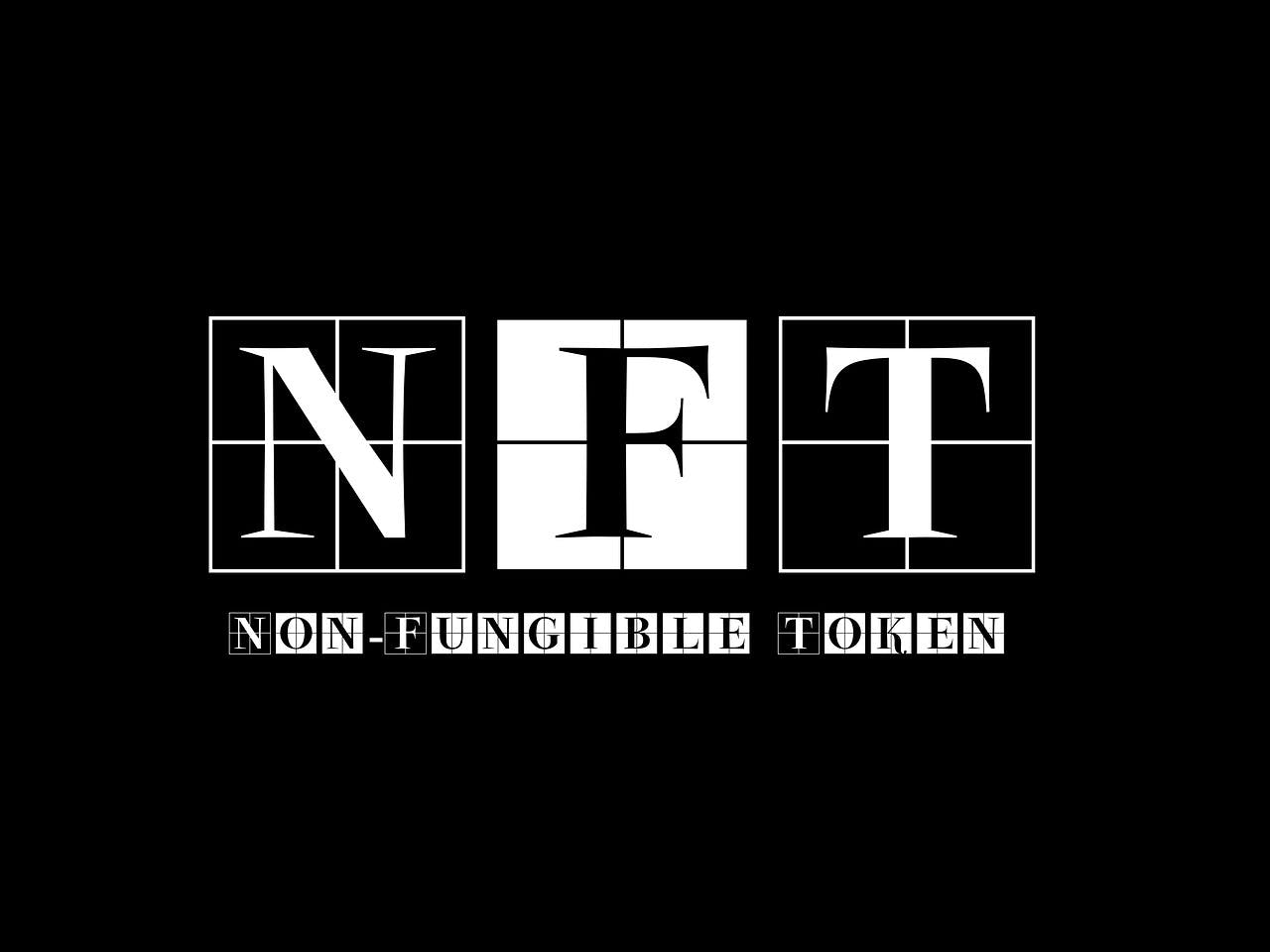Image by Ennelise Napoleoni-Bianco from Pixabay
Recap
Last week we introduced & defined Tokens.
As per Merriam-Webster, a token is defined as (among other definitions) :
a piece resembling a coin issued for use (as for fare on a bus) by a particular group on specified terms
a piece resembling a coin issued as money by some person or body other than a de jure government
something is given or shown as a guarantee (as of authority, right, or identity)
Some common examples are :
Tokens issued at entertainment venues or casinos give the token holder the right to play all or certain games depending on the type of token
Tokens issued at nightclubs (or self-inking hand stamps) give the right of access to patrons of the club
A critical aspect of tokens is that Tokens provide a right to a service(s) or asset(s) for a certain value.
Let us move forward
Physical Tokens
Physical tokens are mostly used for a specific purpose(s) or to access specific service(s). For example, in a casino, first, a customer has to exchange cash for tokens that can be used for playing. Once he/she completes their wins, they have to exchange the tokens for cash before they leave the casino.
These tokens don't have any value outside the casino & can be used only inside the casino.
There are different types of tokens with rules or characteristics depending on the type of game or value. In this case, the value of these tokens represents equivalent cash that can be exchanged for those tokens.
Thus, we can understand that there are rules associated with tokens on their issuance.

Crypto Tokens
Let us now move from the physical world into the world of crypto. To understand tokens in crypto, let us frame our discussion with the below questions:
What are tokens in the context of Blockchain?
Why do we need tokens in a Blockchain?
What are tokens in a Blockchain?
We saw that tokens in the physical world can be used subject to the rules around which those tokens were issued (e.g., restricted usage, value etc).
Tokens in a Blockchain are nothing but an entry in the ledger which is mapped to the address of the token holder. Only a wallet that has the private key of that address can access the tokens. Thus, the owner of that wallet is the owner or custodian of those tokens.
Now, these tokens should have some rules which give access to some service or rights in the Blockchain or application. These rules are encoded in a smart contract. These smart contracts representing tokens are called token contracts.
Thus, in simple terms, tokens can be issued with a few lines of code & deployed on the Blockchain.
Why do we need tokens in Blockchain?
In crypto, a token can represent a right to an underlying asset with some economic value. These assets can be physical or digital, the rights can be long-term or short-term. The rights can be classified under :
Property rights
Access rights or
Voting Rights
We know that assets with a value in the true sense (assets that cannot be duplicated like files, images etc) can be recorded in a Blockchain . Recording this value and representing this value through tokens means that tokens can represent anything from a store of value to a set of permissions in the physical or digital world in a unique sense.
Also, issuing these tokens with rights at low cost and minimum effort in a Blockchain makes it economically feasible to represent different types of assets digitally that may not have been possible before.
This is just a start in our long journey into the rabbit hole of Tokens & Tokenomics.

Image by emrahkarakas from Pixabay
